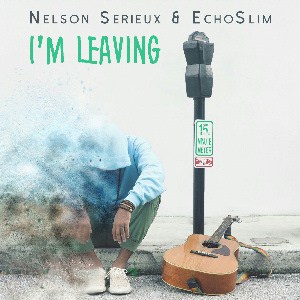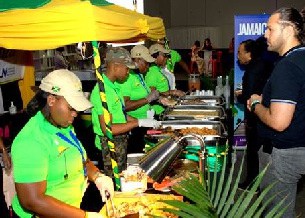The Natural Mystics Marley, Tosh and Wailer
by Fikisha Cumbo
NEW YORK – The Natural Mystics by historian and biographer Colin Grant ( W.W, Norton, 2011) is a delightful, insightful, easy read. With his extensive notation, aided by his research team, he recollects the post-slavery history of Jamaica, showing how it is the backdrop to the coming in of Rasta.
Through interviews, journals, books and newspapers he intertwines the real roots of Tench Town, Rasta, and the political atmosphere with the social climate that dictated the status of the “sufferer.” Bob, Peter and Bunny, living in this “sufferer” condition identified directly. Through the influences of local musician/hero Joe Higgs and Rasta ‘prophet’ Mortimer Planno they became solid musicians and firmly Rasta.
Grant allows glimpses into the childhood of each of the three Wailers, showing that of the three, Bob may have been the most displaced, sleeping where he could. He also explains their close ‘family’ connections as Bob and Bunny share a sister and that sister had Peter’s first born child. So they could never be totally ‘broken up.’ They were family.
Colin’s writing is vividly and illustratively filled with humor. Unless you have seen the intensity of Marley’s piercing brown eyes, looking ‘through you’, this may not seem humorous, but imagine how he must have looked as he sat in a chair in Sweden when Danny Sims, a business partner, stormed the room in an angry outburst. After knocking one songwriter (Bundrick) to the floor , he headed toward Bob to ‘clock’ him too. “Marley remained coolly in his chair… Marley fixed him with an even stare and said with barely a trace of emotion: ‘Yuh rass, yuh nah rass with I, mon, clatt.’ Sims didn’t need a translation. He hesitated, thought better of it, turned and left angrily; and Bundrick witnessed a slow grin play across Marley’s face.” (p. 196). Former ‘rude boy’ now Rasta Tuff Gong in full effect!
Grant explains Jamaican terms and folkways often heard and read but never understood until now. It helps that he has Jamaican roots which give further insight into this triple biography. He tracks the group in Jamaica, England (introducing Chris Blackwell), and in America. He wanders the backwoods and disappearing roads to talk with Obeah men, preachers and other folk griots who add spice and often humor to the story.
We find that Bunny, although the most reclusive, is the most volatile, quick to anger and to have a temper. However, the author ,who appears to have never met Tosh, falls into the same labeling ‘trap’ of Peter as most writers. In the book’s index under “characteristics”, the first word for Peter is ‘anger’, for Bob it’s ‘ambition’ and for Bunny, ‘attitude to sex and procreation’. Actually, all three were ‘rude boys’ who would, allegedly, beat up the radio DJs to get them to play their records. Of the three, Peter acted on his convictions, joining marches against apartheid and other demonstrations for equal rights and going to jail more than once, because of his staunch conviction to the belief that ganga should be legalized.
Jamaica had/has the same color prejudice, as all other countries in the world, where the lighter the skin the more acceptable you are. But Bob suffered because he was the only light-skinned child around brown and dark brown children. So he developed a tough exterior and a ‘rude boy’ persona as many youth did, patterning after the Rhygin character so skillfully played by Jimmy Cliff in the classic cult movie “The Harder They Come.”
Rasta was despised , and still is to some degree, by the upper class Jamaican. It was not until Peter, Bob and Bunny became internationally known artists, putting Jamaica on the map with reggae music, that they began to receive some respect. However, the average Jamaican loved them throughout the years. The youths of the ‘upper class’ began to emulate them with the locking of their hair. One pilot even lost his job because he was Rasta. Even up to their transition, Bob, Peter (and Bunny’s) music was seldom heard on the Jamaican radio. When Peter was assassinated, he and Free I were busy planning a 24 hour reggae radio station. Now there is a full time reggae station on the island.
In the opening of the book the author acknowledges, with Bunny Wailer getting literally run off the stage at the National Stadium Sting concert, the introduction of dancehall
“slackness” music and the waning of roots reggae. But in the conclusion, the elusive, mystical , Bunny Wailer continues to hold court with the Wailer progenies performing on stage with him…..Tosh’s first born, Andrew Tosh and Bob’s last born, Ky-Mani Marley. So the Wailers are still performing. The Wailer bloodline still lives!
For reggae and Wailer lovers , The Natural Mystic is not only a fun read, but it is also a treasure.


